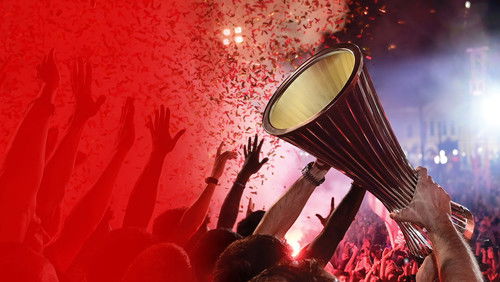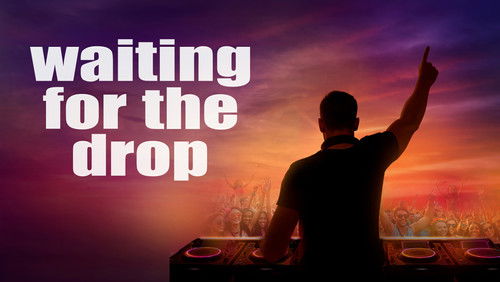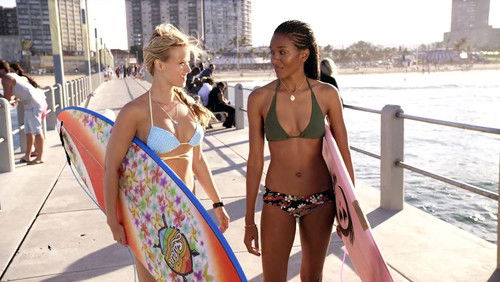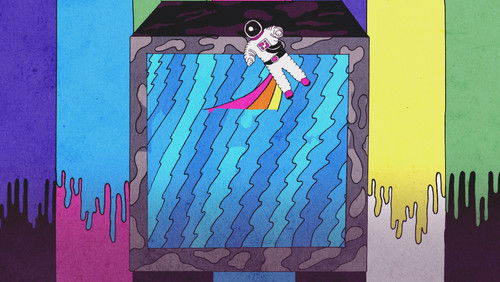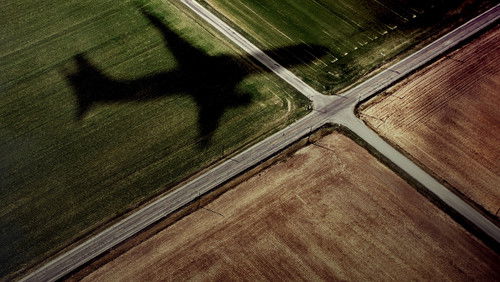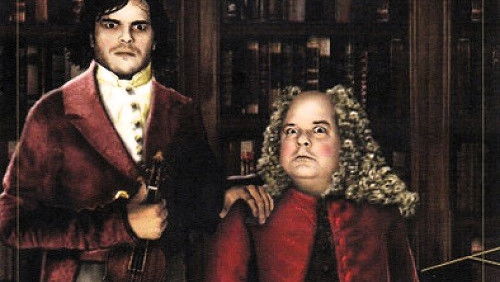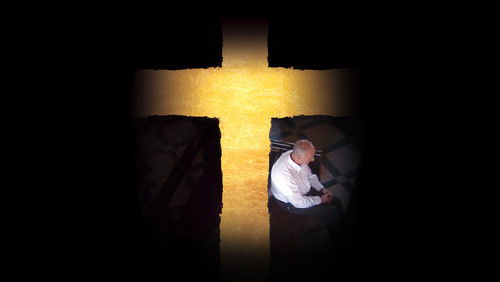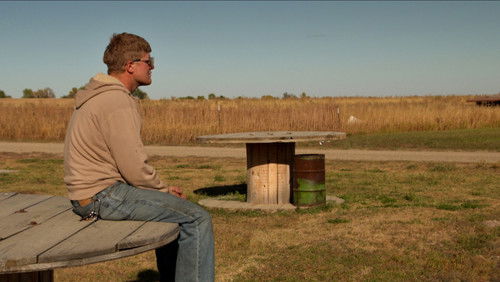Das weiße Stadion (1928)
5KDas weiße Stadion: Directed by Arnold Fanck, Othmar Gurtner. With Sonja Henie. A documentary about the 1928 St. Moritz Olympics.
“Itu0026#39;s a wonderful thing that this documentary, believed lost, was found and restored in 2011. Director Arnold Fanck did a fantastic job of filming the first true, standalone Olympics Winter Games, held in St. Moritz, Switzerland in 1928, and while the sporting events are on full display, what I love about it is he also captures the beauty of the place in such an artistic way. The first half hour of its two-hour run time gives us an almost Zen-like appreciation for the snowy scenery, hardy people, and alpine architecture, and thatu0026#39;s all before we even get to the opening ceremonies. I smiled over the kids having a snow fight and chuckled over the local skiers who strip down to their underpants, the woman topless, before skiing downhill. Let the games begin!u003cbr/u003eu003cbr/u003ePerhaps in trying to document the events some of the segments get a little long, such as the cross country and the ski jump, but even then itu0026#39;s very well-edited, with a mix of different angles, long shots, and close-ups, rather than all coming from a static position. Fanck also employs some nice special effects, with multiple exposures, an instance or two of stop motion, and most importantly to follow the competition, quite a bit of slow motion. He occasionally interjects wry humor, such as the title card informing us that u0026quot;in curling, it is not victory that is most important but – u0026quot; and then cutting to man drinking a beer. All of this helps break up the more matter-of-fact aspects in an aesthetically pleasing way.u003cbr/u003eu003cbr/u003eAs for the games themselves, there were several highlights, including seeing the Canadian hockey team, unbeaten in 30 years, absolutely demolishing hapless Switzerland with explosive skating, slick stick handling, and sweet passing. At one point, we see the Canadian goalie leaning back nonchalantly as he watches the action on the other end. At another, he calmly catches a puck thrown his way with what looks like a mitten (and sans mask or helmet of course), in contrast to the Swiss goalie, who faced a barrage all game and helplessly waved his stick at a puck as it went by. Final score: Canada 13, Switzerland 0. (Perhaps mercifully, Fanck doesnu0026#39;t show us Canadau0026#39;s other wins, which were 11-0 over Sweden and 14-0 over Great Britain, after having been given a bye to the final round).u003cbr/u003eu003cbr/u003eIt was also quite a treat to see 15 year-old Sonia Henie in the womenu0026#39;s figure skating, dazzling with her spins and jumps, all of which were very well shot, including one in slow motion with her skirt in a standing wave type pattern. Figure skating has come a long way since then in terms of its athleticism, but despite that, the elegance and grace of these competitors comes through.u003cbr/u003eu003cbr/u003eEvery so often we see something a little bit different, like the demonstration of u0026quot;skijoring,u0026quot; which had skiers being pulled by horses, or the snow on the ski jump hill being tamped down after the first set of runs by using a long line of skiers standing perpendicular to it. More often, though, events like bobsled, speed skating, and cross-country skiing look similar to today, sometimes in more of a prototype form than others. Out of what isnu0026#39;t shown, the biggest omission seems to have been the 10,000m speed skating competition, which was canceled to great controversy by a Norwegian judge when an American skater was ahead of the Norwegian defending champion.u003cbr/u003eu003cbr/u003eIn addition to the levity Fanck adds, we also get a little taste of it in some things the crowd saw, like professional skaters clowning around, one on stilts and another in a giraffe costume. There are lots of smiles (ok maybe not from the Swiss hockey team), and the film captures what it must have been like to attend – a true celebration.u003cbr/u003eu003cbr/u003eThe timing of the film is at a remarkable intersection of the advent of the winter games and the rise of filmmaking as an art form. Itu0026#39;s also remarkably spaced between wars, 10 years after WW1 ended, and 11 years before Germany invaded Poland, and just thinking about the beauty of whatu0026#39;s on film here in contrast to warfare is sobering. There is the briefest of hints of the darkness to come in the opening ceremonies, where the Italian team is seen giving the fascist salute to the crowd, with Mussolini firmly in power by then. Perhaps thereu0026#39;s also a little dose of Aryan racism in the title card informing us that Japan is present, and that it u0026quot;can thank the theoretical study of German textbooks for its knowledge of skiing.u0026quot; (And while we see a Japanese skier, we donu0026#39;t see nations like Japan, Argentina, or Mexico in the opening ceremonies either). To think of Fancku0026#39;s protégé, Leni Riefenstahl, soaking the film up as an influence for her own work may also cast a slight pall, but all of these things are minor compared to the triumph of what Fanck did here. Enjoy this one for what it is – a truly unique sports documentary.”
